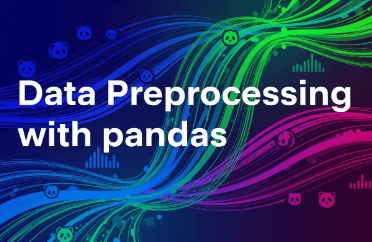![[2025] SQLD All-in-One for Non-Majors to Pass in One Shot강의 썸네일](https://cdn.inflearn.com/public/files/courses/336953/cover/01jr02gfpt2km3k50amyw7sttt?w=420)
[2025] SQLD All-in-One for Non-Majors to Pass in One Shot
algolearn
SQLD, where should I start? This course is for you who feel so overwhelmed; you'll meet a changed you after completing it. SQLD All-in-One Pass!
입문
SQLD, Big Data, Data Engineering
Do you have data but feel lost on how to read and process it in Python? Don't worry. Pandas can handle it with its magic. Pandas is the most powerful, efficient, and useful data processing library. Skill-UP your data preprocessing with Pandas! Insights galore!
13 learners
Level Basic
Course period Unlimited

Data processing skills usable across one's career
Pandas, widely established as an essential element for data analysis!
Data merging, restructuring, handling missing values, handling duplicate data
Text data, Categorical data, Date data processing
Downloadable textbooks (PDF) and practice files provided.
Who is this course right for?
Thirsty for Pandas data preprocessing
Those new to data analysis
Need to know before starting?
Python Basics
전산학 학사, 통계학 석사
삼성디스플레이, 삼성 전자, 한국 오라클 교육센터, 멀티 캠퍼스, 에티버스러닝 등 다수의 기업체 강의 경력
Oracle 공인 강사, Oracle Cloud Infrastructure(OCI) 공인 강사
Google Cloud Authorized Trainer(GCP) 공인 강사
데이터 분석, 데이터 시각화, 머신러닝, 딥러닝, Cloud, RDBMS 등 강의
All
24 lectures ∙ (6hr 43min)
Course Materials:
All
1 reviews
Limited time deal ends in 4 days
$24.20
29%
$34.10
Explore other courses in the same field!